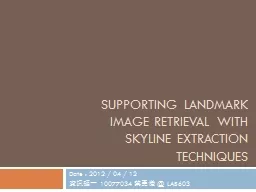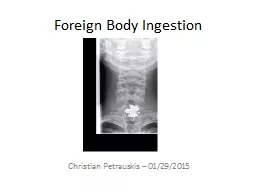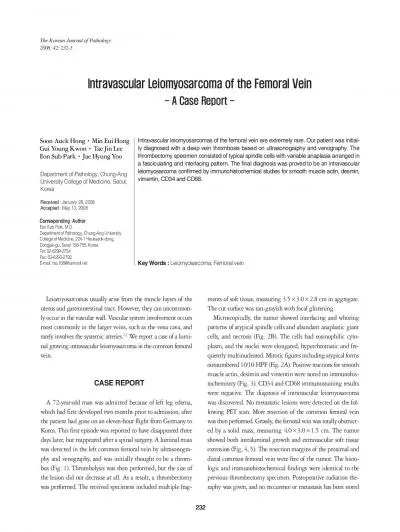PPT-Intravascular Foreign Body Retrieval System
Author : natalia-silvester | Published Date : 2017-09-02
Nathan Luibrand Nicholas Luibrand Lukas Richards and Elise AdcockHinojosa Advised by Dr Michael Barnett Problem Statement There is only one tool commonly used today
Presentation Embed Code
Download Presentation
Download Presentation The PPT/PDF document "Intravascular Foreign Body Retrieval Sys..." is the property of its rightful owner. Permission is granted to download and print the materials on this website for personal, non-commercial use only, and to display it on your personal computer provided you do not modify the materials and that you retain all copyright notices contained in the materials. By downloading content from our website, you accept the terms of this agreement.
Intravascular Foreign Body Retrieval System: Transcript
Download Rules Of Document
"Intravascular Foreign Body Retrieval System"The content belongs to its owner. You may download and print it for personal use, without modification, and keep all copyright notices. By downloading, you agree to these terms.
Related Documents














